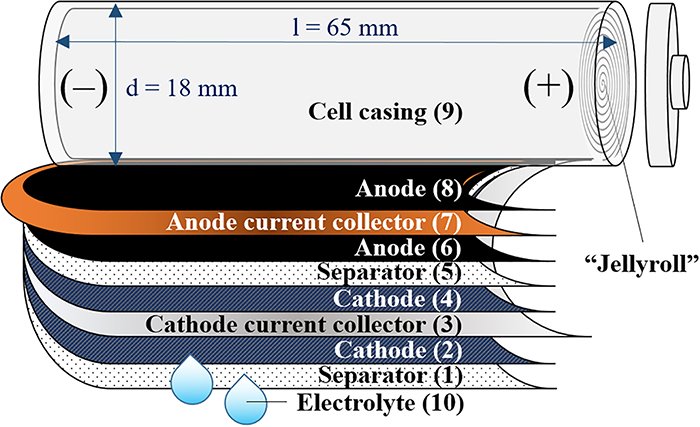What is a Lithium-ion Batteries
Bright Power Let’s take a look What is a Lithium-ion Batteries:
Lithium-ion Batteries is an energy storage device in which lithium ions migrate back and forth between the positive and negative electrodes to complete the charging and discharging process. It is one of the most widely used batteries at present, and is widely used in portable electronic devices, electric vehicles, energy storage systems and other fields.
Lithium-ion Batteries consist of a negative electrolyte and a separator. The material is generally used, lithium lithium nickel cobalt manganese nickel cobalt manganese acid acid acid, iron iron iron phosphoric acid phosphoric acid and other compounds are formed by mixing compounds and solvents, which mainly play the role of conductivity and ion transmission. The diaphragm is used to isolate the positive and negative electrodes, prevent short paths and limit the ion transmission rate.

Bright Power What is a Lithium-ion Batteries
The composition and structure of Lithium-ion Batteries:
Bright Power Lithium-ion Bateries are composed of five basic parts: positive electrode, negative electrode, separator, electrolyte and casing.Learn more about us
1. Positive electrode: The positive electrode refers to the current collector embedded in the positive electrode material, which is mainly composed of oxides (such as LiCoO2, LiMn2O4, etc.) and conductive agents (such as carbon, aluminum, etc.), and its function is to accept electrons and combine with lithium ions to form Cathode material.
2. Negative electrode: The negative electrode refers to the current collector embedded in the negative electrode material, mainly composed of graphite, silicon and other materials, and its function is to release electrons and release lithium ions into the electrolyte.
3. Diaphragm: The diaphragm is one of the core components of the battery. Its main function is to isolate the positive and negative electrodes, prevent short circuits, and allow ions to penetrate. At present, polymer films are mainly used in the market, and ceramic films are also used in a small amount.
4. Electrolyte: The electrolyte is the medium for the transmission of lithium ions, mainly composed of lithium salts and organic solvents, capable of carrying lithium ions, and forming ion channels between the positive and negative electrodes, so that lithium ions can be transported back and forth between the positive and negative electrodes .
5. Shell: The shell is the protective layer of the battery. It is mainly composed of steel shell, aluminum shell, soft bag and other materials. It has the function of protecting the battery core and can withstand certain pressure and temperature changes.
The combination and structure of these parts are different, and different types of lithium batteries can be formed, such as polymer lithium-ion batteries, ternary material lithium-ion batteries, iron-lithium batteries, and lithium iron phosphate batteries.
Click to go Google

